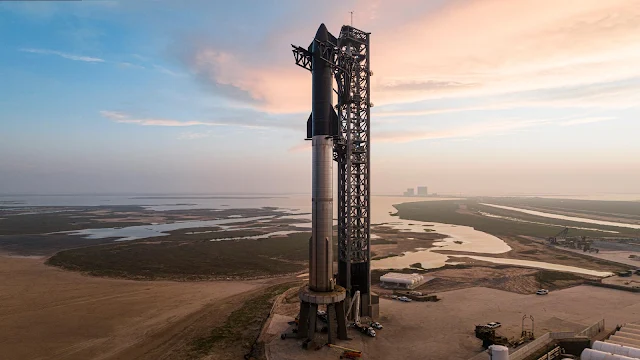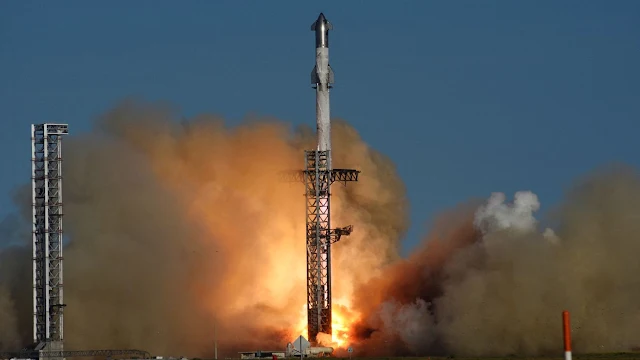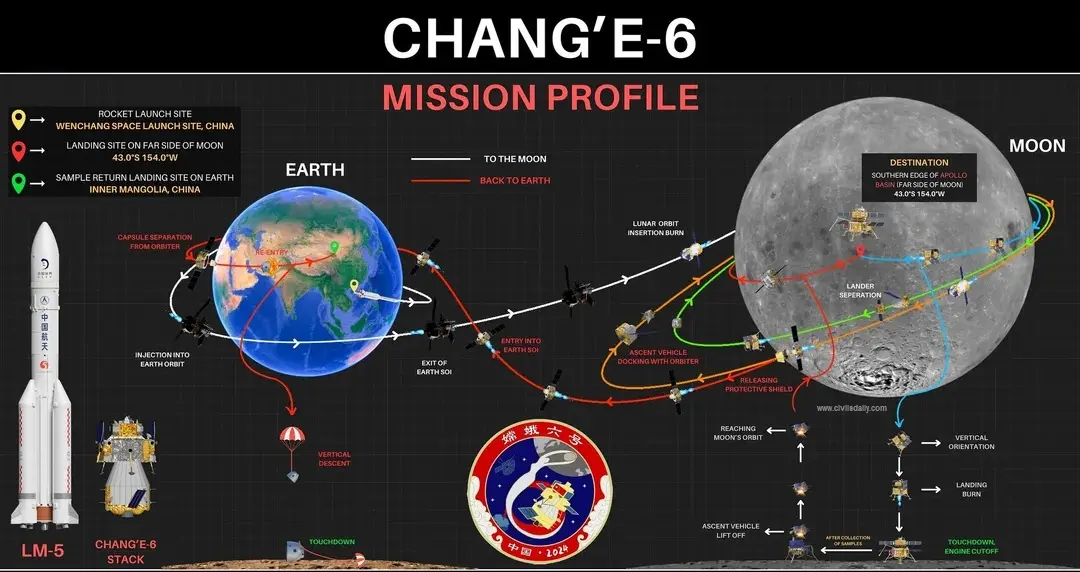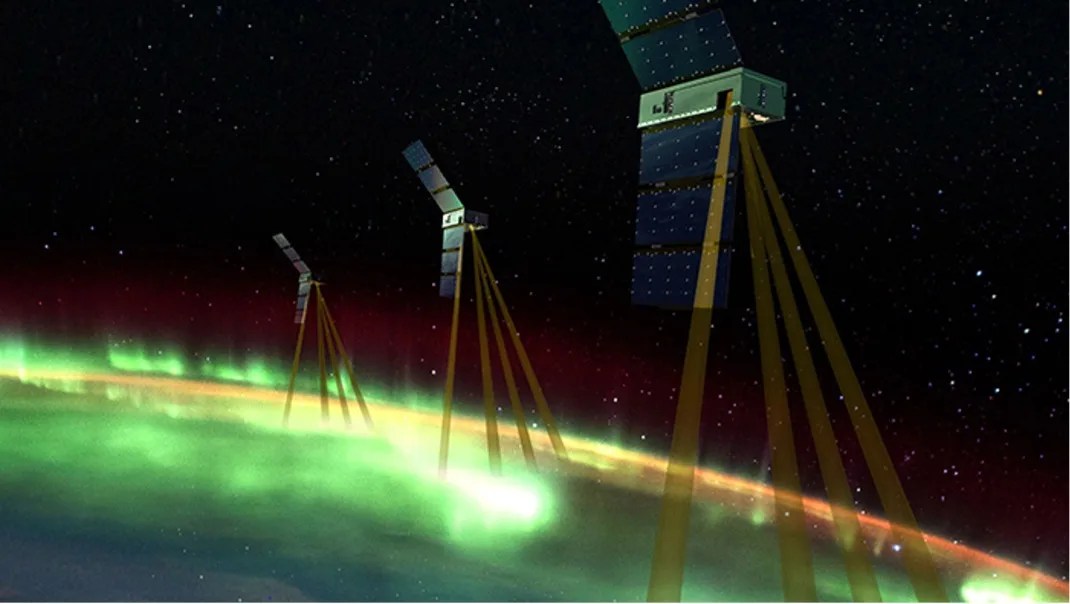Kosmos 482: A Soviet Spacecraft Returns to Earth After 50 Years in Orbit
🛰️ What is Kosmos 482?
Kosmos 482 was a Soviet space probe launched on March 31, 1972, as part of an ambitious mission to land on Venus. Designed to endure the planet’s crushing heat and atmospheric pressure, the spacecraft was a technological marvel of its time.
However, a malfunction during launch prevented it from escaping Earth’s gravity. Instead of heading toward Venus, Kosmos 482 became trapped in a high Earth orbit, where it has silently circled the planet for over five decades — until now.
🌍 When Will It Reenter Earth’s Atmosphere?
Recent tracking data indicates that Kosmos 482 is on a slow but inevitable descent.
-
Estimated Reentry: Between May 7 and May 13, 2025
-
Reentry Path: Anywhere between 52° North and 52° South latitude, covering much of the globe
-
Appearance: A bright, slow-moving fireball across the sky — possibly visible during dawn or dusk
What makes Kosmos 482 unique is its robust titanium structure, originally engineered to survive Venus’s extreme conditions. This means some fragments may survive atmospheric reentry and reach Earth’s surface.
🔥 Is It Dangerous?
In short — unlikely, but not impossible.
-
Most space debris burns up completely upon reentry.
-
But due to Kosmos 482’s dense shielding, experts believe some parts could survive and impact remote or unpopulated areas.
-
There are currently no known risks to populated regions, and international space agencies are closely monitoring the descent.
The event is being followed by aerospace analysts, amateur astronomers, and even historians, due to the spacecraft’s age and mysterious journey.
🧠 A Scientific Time Capsule
Kosmos 482 is a rare example of space history literally falling back to Earth.
It originally carried a Venus lander designed to endure 460°C temperatures and 90 atmospheres of pressure — Venus is one of the most inhospitable environments in the solar system. This same durability may now allow its remnants to survive reentry and provide insights into early 1970s space technology.
It’s like a space-age fossil, reawakening scientific curiosity across generations.
🔭 Can You See It?
Yes — if you’re lucky and looking in the right place at the right time.
-
Best Time to Observe: During dawn or dusk, when sunlight reflects off the spacecraft
-
Best Locations: Regions along the reentry path, such as South America, Central Asia, Australia, and parts of Africa
-
What to Expect: A long, glowing trail in the sky, potentially resembling a meteor or satellite streak
Skywatchers are advised to follow updates from NASA, Roscosmos, or satellite tracking sites for real-time alerts.
🎓 Why It Matters
Beyond the scientific curiosity, Kosmos 482 is a reminder of humanity’s early steps into interplanetary exploration — and of the era when the Cold War fueled cosmic competition between superpowers.
This reentry is more than just falling space junk. It’s:
-
A conversation starter about space history
-
A rare learning moment for students and science enthusiasts
-
A live physics experiment — how objects behave during uncontrolled atmospheric entry
❓ FAQ Section
Q: What was Kosmos 482 originally supposed to do?
A: It was meant to land on Venus and transmit data from its surface — but failed to leave Earth orbit.
Q: Can it hit a populated area?
A: Very unlikely, but not entirely impossible. Most fragments, if any survive, will land in remote areas.
Q: Why didn’t it burn up decades ago?
A: Its highly elliptical orbit and dense construction kept it aloft for over 50 years.
Q: Could it be recovered after landing?
A: Yes — if fragments are found, they could become museum artifacts or studied by scientists.
🚀 Final Thoughts
The return of Kosmos 482 is a rare cosmic encore — a spacecraft long thought forgotten, now racing back through our skies. Whether you're a skywatcher, teacher, student, or just space-curious, this event connects us to the legacy of exploration and the unpredictability of our ventures beyond Earth.
So keep your eyes on the sky between May 7 and 13, and witness a 50-year-old ghost from the Space Race make its final journey home. 🌌
Slug: kosmos-482-earth-reentry-2025
Focus Keyphrase: Kosmos 482 Earth Reentry
Meta Description:
Kosmos 482, a failed Soviet Venus mission from 1972, is finally reentering Earth’s atmosphere in 2025. Discover its mysterious history, potential risks, and what skywatchers can expect.
































